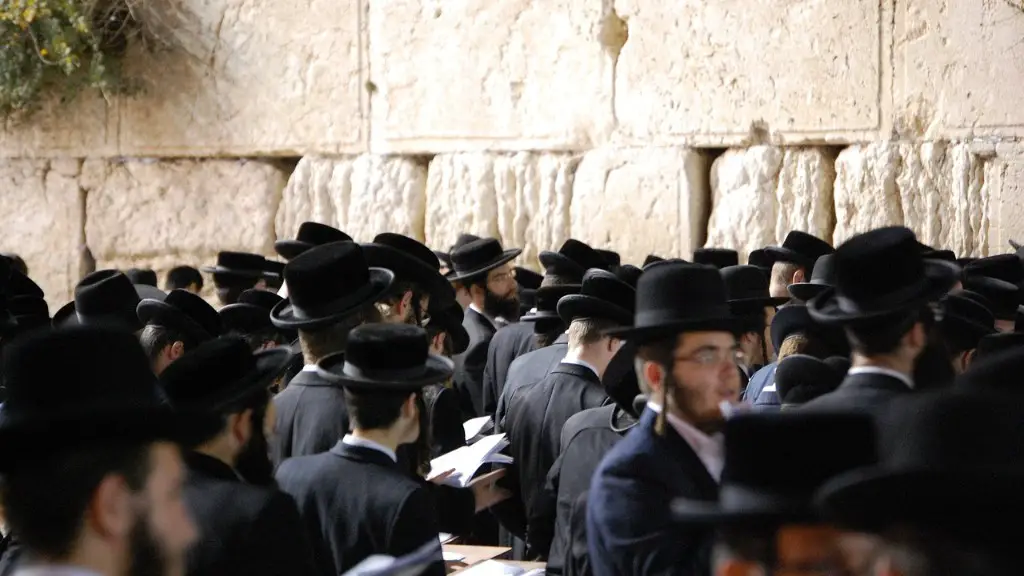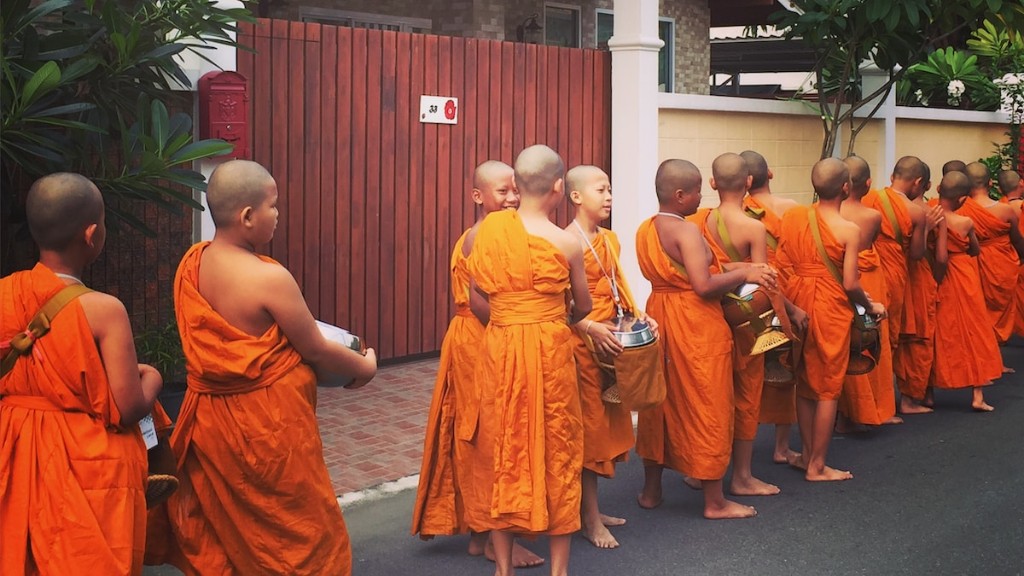Hinduism and the Hindu Scriptures
Hinduism is one of the oldest religions in the world, having its roots traceable to prehistoric times. The holy books of Hindus – the Vedas, Upanishads, Smritis, and Tantras – are known as Shruti, or “what is heard,” and are considered to be of divine origin. One of the fundamental aspects of Hindu beliefs is that the Vedas offer a path to truth and a way of life that enables a person to become one with the Divine. Consequently, they are revered and held in high regard.
Historically, Hinduism is seen as an amalgamation of various philosophical and religious beliefs, many of which are seen today as distinct religions. Consequently, some people think that it is impossible to identify a single source of Hindu knowledge – a holy book which encapsulates core teachings. However, belief in the Vedas is central to the Hindu religion and is shared amongst Hindus from all walks of life.
The Vedas are considered to be the oldest and most authoritative scriptures in Hinduism. This body of scripture consists of four main books – Rigveda, Yajurveda, Samaveda and Atharvaveda. The Vedas contain sacred hymns, prayers, and mantras which are used in a variety of rituals, including funerals and weddings, as well as for daily spiritual contemplation. Additionally, the Vedas contain spiritual and philosophical teachings, outlining the importance of dharma (morality and ethics), morality, and the importance of living in harmony with nature.
Puranas – Stories and Legends of Hindu Deities
The Vedas are a vast collection of ancient spiritual and philosophical works, written in an archaic form of Sanskrit. Although they contain numerous spiritual teachings, their primary focus is on Hindu rituals and offerings. As such, they are not seen as a single holy book in the same way as other religions, such as Christianity and Islam, in which the Bible and Quran contain chapters dealing with various topics. Additionally, the Vedas contain very few stories and legends – elements which are needed to make Hinduism more accessible to modern audiences. This is where the Puranas come in.
The Puranas are part of Hindu scripture and consist of a body of works written in a narrative style, intended to be about the life and deeds of famous Hindu gods, goddesses, personalities, and saints. Through these stories, one can learn about the customs, traditions and spiritual teachings of the Hindu religion. The most famous of these works are the eighteen Maha Puranas compiled by Vyasa – the ancient author of the Mahabharata. It is these stories which provide Hindus with an entertaining and informative way to learn about the blessings and virtues of their gods and goddesses.
Vedanta and the Upanishads
Apart from the Vedas, a second body of Hindu text is known as Vedanta. The Vedanta is a school of thought which focuses on understanding the essence of the Vedas. It is through this school of thought that the Upanishads have become an important scripture in Hinduism. The Upanishads are a collection of ancient scriptures which contain spiritual, philosophical, and metaphysical teachings. They primarily deal with the nature of Atman (soul) and Brahman (God/Absolute Reality). Many of the greatest Hindu mystics, sages, and scholars such as Adi Sankara, Ramana Maharshi, and Swami Vivekananda, have studied and commented upon the Upanishads.
The Upanishads are seen by Hindus as a source of revelation, offering the reader insights into the spiritual dimension of life. Through reading the Upanishads, one can gain an understanding of the workings of fate and karma, as well as the principles of reincarnation, and the importance of spiritual practice. Although the Upanishads are not seen as a single holy book, they are nonetheless held in great respect and widely studied by Hindus.
The Hindu Law Books
In addition to the Vedas and Upanishads, Hinduism also has another set of scriptures known as Smritis, or ‘remembered’ texts. These works deal with Hindu ritual, ethics, and law. The most important of these are the Manusmriti and the Dharma Shastras, which are Law Books composed over two thousand years ago. Through these texts, one can gain an understanding of the legal, moral, and social principles which dictate the life of a Hindu, such as the caste system, rites of passage, marriage customs, etc.
The laws outlined in the Manusmriti and Dharma Shastras are considered to be authoritative, although they have been supplemented over the centuries by other codes and laws, such as the laws established by India’s British colonial rulers. Although these works are not seen as a single holy book, they are nonetheless respected and used as a source of authority on matters of Hindu law and custom.
Tantras – Esoteric Teachings and Practices
The last set of scriptures in Hinduism are known as Tantras, or ‘revealed’ texts. These works often deal with advanced meditation techniques, including the use of mantras and yantras, and involve the invocation of Hindu gods and goddesses. Through these techniques, it is believed one can gain access to higher spiritual truths and attain enlightenment.
The Tantras are not as widely read and studied as the Vedas and Upanishads, as they are often seen as esoteric teachings aimed only at advanced practitioners. Additionally, it is believed that the rituals described in the Tantras should only be performed under the guidance of a spiritual master. Nonetheless, Hindus still consider the Tantras to be part of their scripture, and they are held in high regard by some practitioners.
Conclusion on the Hindu Holy Book
The Vedas, Puranas, Upanishads, Smritis, and Tantras form the core scriptures of Hinduism. Although they are not seen as a single holy book, they are nonetheless held in great respect by Hindus, and their teachings form the basis of Hindu beliefs. Furthermore, their collective wisdom and spiritual teachings provide Hindus with a source of understanding and inspiration.

